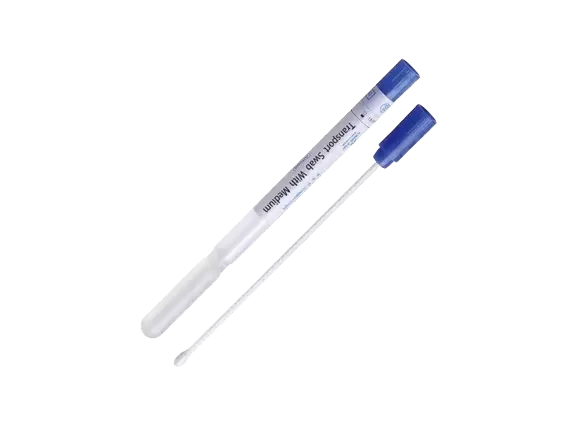Illuminating the Night: A Comprehensive Guide to Night Vision Cameras
4 min readIn an era where security, wildlife observation, and nocturnal photography are gaining prominence, the demand for effective night vision technology has surged. The question arises: What camera is used for night vision? This article delves into the intricacies of night vision cameras, exploring their types, technologies, applications, and factors to consider when selecting the right one for your needs.
Understanding Night Vision Technology
Night vision technology primarily operates on two principles: image intensification and thermal imaging.
- Image Intensification: This technology amplifies existing light, such as moonlight or starlight, to produce a visible image. Night vision cameras equipped with image intensification tubes convert photons into electrons, which are then amplified and converted back into visible light. These cameras are categorized into generations, with Gen 1 being the most basic and Gen 3 or Gen 4 offering superior clarity and performance.
- Thermal Imaging: Unlike image intensification, thermal cameras detect infrared radiation emitted by objects, allowing them to create images based on heat signatures. This technology is invaluable in complete darkness, fog, or smoke, as it does not rely on visible light. Thermal cameras are often used in military applications, search and rescue operations, and wildlife monitoring.
Types of Night Vision Cameras
When considering what camera is used for night vision, it’s essential to understand the various types available:
- Digital Night Vision Cameras: These cameras utilize digital sensors to capture images in low-light conditions. They often come with built-in infrared (IR) illuminators, allowing for enhanced visibility in total darkness. Digital night vision cameras are user-friendly and can often record video, making them suitable for both security and recreational use.
- Analog Night Vision Cameras: Typically based on image intensification technology, these cameras provide high-quality images in low-light environments. They are often used in professional security systems and military applications due to their superior performance in low-light conditions.
- Thermal Cameras: As mentioned earlier, thermal cameras detect heat rather than light. They are particularly useful for surveillance, search and rescue, and wildlife observation. These cameras can see through smoke, fog, and darkness, making them versatile tools in various scenarios.
- Monoculars and Binoculars: For personal use, night vision monoculars and binoculars are popular choices. They offer portability and ease of use for activities like hunting, birdwatching, or stargazing. Many modern models come equipped with digital features, including video recording and image stabilization.
Key Features to Consider
When selecting a night vision camera, several factors should be taken into account:
- Generation: As previously mentioned, night vision devices are categorized into generations. Higher generations typically offer better clarity, resolution, and performance in low-light conditions. For most users, Gen 2 or Gen 3 devices strike a balance between performance and cost.
- Resolution: The resolution of the camera is crucial for image clarity. Higher resolution cameras provide more detail, which is particularly important for security applications where identification is necessary.
- Field of View (FOV): The FOV determines how much area the camera can capture at once. A wider FOV is beneficial for surveillance and monitoring large areas, while a narrower FOV may be suitable for focused observation.
- Battery Life: For portable night vision devices, battery life is a critical consideration. Look for cameras with long-lasting batteries or options for external power sources.
- Durability and Weather Resistance: If you plan to use the camera outdoors, ensure it is built to withstand various weather conditions. Look for models with rugged construction and weatherproof ratings.
Applications of Night Vision Cameras
Night vision cameras have a wide range of applications across various fields:
- Security and Surveillance: Businesses and homeowners utilize night vision cameras to enhance security measures, allowing for monitoring during low-light conditions.
- Wildlife Observation: Nature enthusiasts and researchers use night vision cameras to study nocturnal animals without disturbing their natural behavior.
- Military and Law Enforcement: Night vision technology is crucial for tactical operations, enabling personnel to operate effectively in darkness.
- Search and Rescue: Thermal imaging cameras play a vital role in locating missing persons or assessing situations in low-visibility environments.
- Hunting and Outdoor Activities: Hunters and outdoor enthusiasts use night vision devices to navigate and observe wildlife during nighttime excursions.
Conclusion
In conclusion, the question of what camera is used for night vision encompasses a variety of technologies and applications. Whether you are looking for a camera for security, wildlife observation, or recreational use, understanding the different types of night vision cameras and their features is essential for making an informed decision. As technology continues to evolve, the capabilities of night vision cameras will only improve, offering users enhanced performance and versatility in the dark. By considering your specific needs and the factors outlined in this guide, you can select the perfect night vision camera to illuminate your nocturnal adventures.



